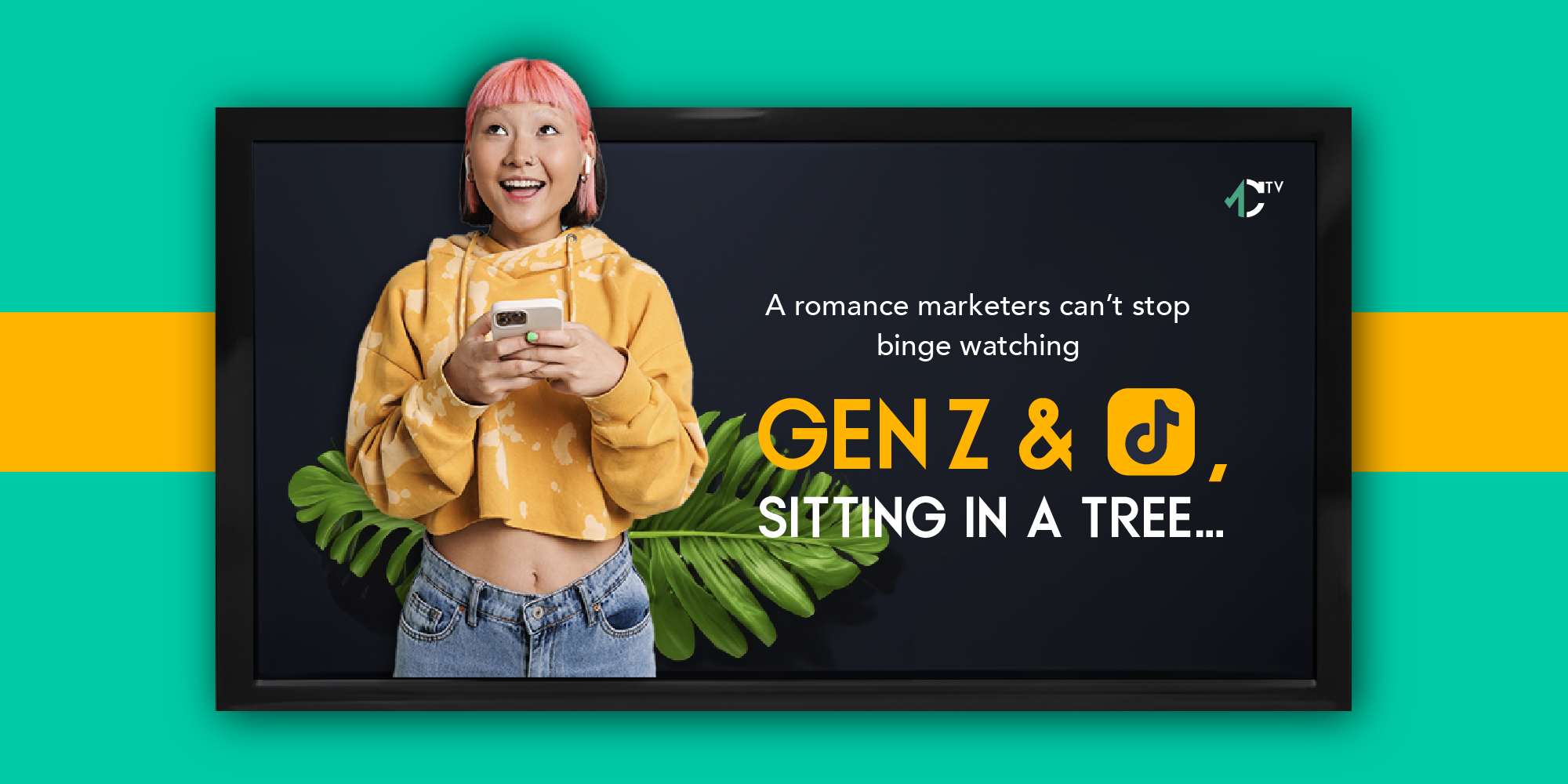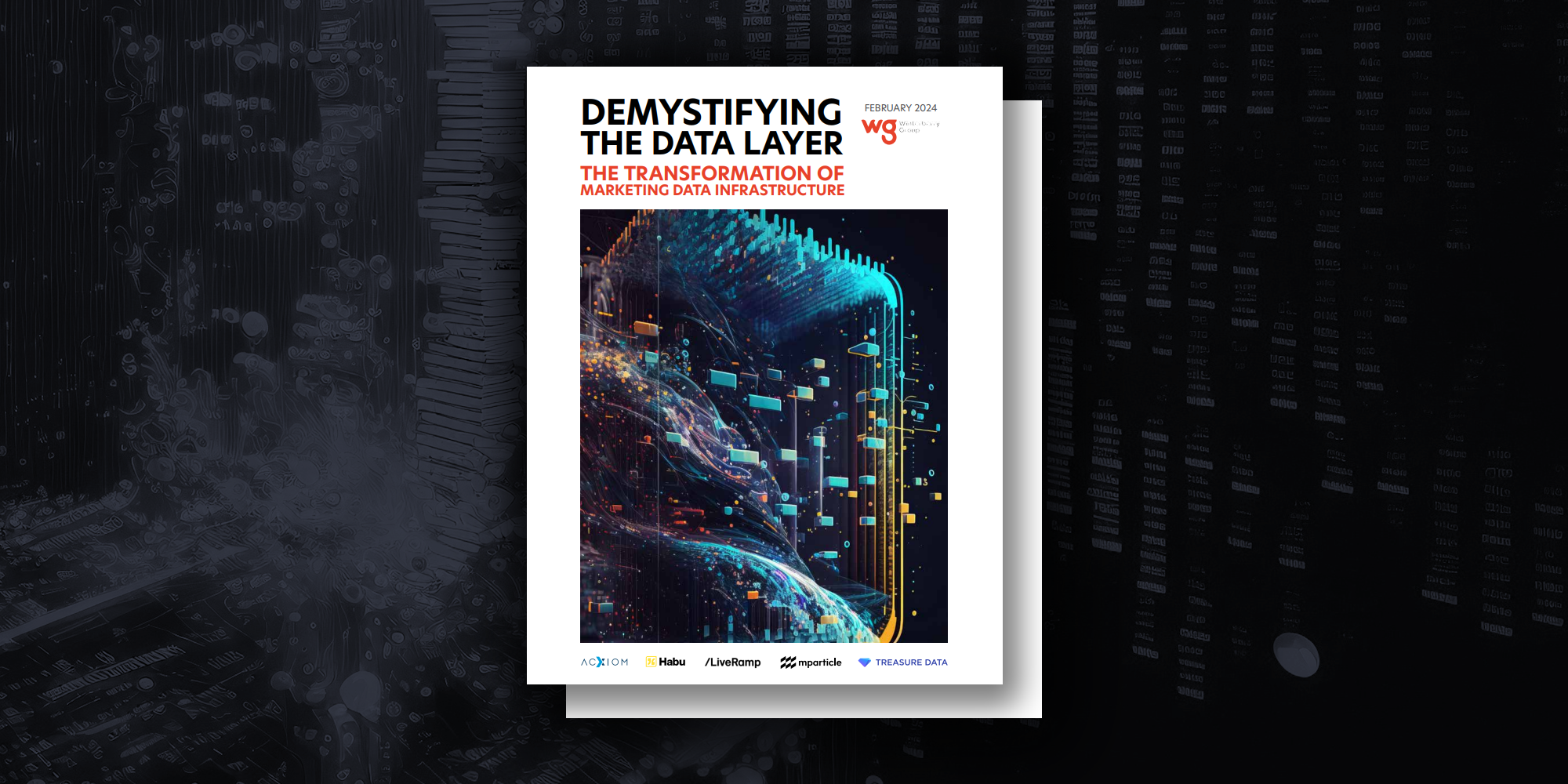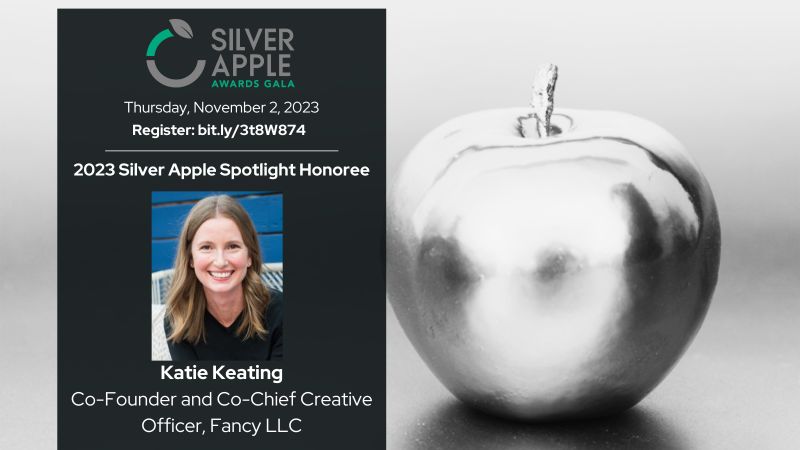
Silver Apples 2021

Each year the DMCNY presents its highly distinguished Silver Apple Awards to select professionals who have spent at least 25 years in marketing and who not only have excelled in their careers, but also have generously contributed their talents and time to the marketing industry. We’ll be introducing you to the 2021 honorees over the next few weeks, in advance of DMCNY’s annual Silver Apples gala on November 4, 2021, at Edison Ballroom in New York.
Meet…
Leslie Dukker Doty
CEO
Women in the Boardroom

Leslie Dukker Doty is a revenue-focused marketer who has an impressive track record of strategic reinvention, digital and technology transformation and revenue growth at several Fortune 500 companies, including Citibank, Mastercard, CVS Health and Time Inc. Doty successfully relaunched the Reader’s Digest brand, was a member of the team that developed CVS Health’s rebranding strategy, and spearheaded the marketing strategy that helped Mastercard seal a multibillion-dollar deal with Bank of America.
Doty was named a Direct Marketing News Marketing Hall of Femme honoree and a NOW Women of Power and Influence honoree. She received a Silver Effie Award and an Eddie Award for Best Consumer Website while at Trusted Media Brands and a Supplier Diversity Award while at MasterCard.
Throughout her career, she has focused on improving gender and racial equality in the C-suite and providing leadership opportunities for women. Additionally, she has served as a mentor for women and girls to gain the education, knowledge, and experience needed to succeed in their career and in the boardroom.
What initially drew you to marketing?
It all started when I was a communication studies major at Northwestern. The major focused on how speech affects action in both a historical and a contemporary sense: What’s the impact of different forms of communication from a societal perspective? It was fascinating to me because speech has real impact, which is as true today as when I was an undergrad, and can drive significant cultural change.
And then, when I started my MBA at NYU, I took two marketing courses—human behavior and market research—because I hadn’t decided what direction I wanted to go in.
I’m kind of a data geek. I love numbers and statistics. And I also love the creative side of marketing, as well—the qualitative side of the insights. Through these two courses, it all came together for me as my passion: understanding consumer behavior, marrying that with insights from qualitative and quantitative research, and using that information to change behavior and increase commerce.
That is the core of what’s driven my passion in marketing throughout my career, especially performance marketing. I loved it then; I love it now.
Tell us about a career highlight or turning point.
I’ve had quite a few turning points in my career. The first was when I was head of the Citibank AAdvantage card business. We discovered that the key motivation for using the card wasn’t about traveling, it was about collecting miles and gaming. That was a big aha moment at the time that turned into an award-winning campaign called “Was It the Miles?” As a result, the portfolio grew exponentially and became more profitable.
Later in my career, I was brought into CVS Health’s PBM insurance business to transform it into more of a consumer-direct company from a B2B business. One goal was to increase adherence to medication. So, I used data and research to understand their customers and the barriers to adherence.
We learned that price, confusion, and lack of support were stumbling blocks. And then we created direct and digital campaigns that truly moved the needle with customers. It was the beginning of the entire customer branding strategy that CVS Health uses today.
What excites you most about marketing right now?
Marketers’ focus today is clearly performance marketing and this is just so exciting to me. I feel like marketing and my career as a marketer have come full circle. I started in direct when the glamour jobs were CPG. We were sending a billion pieces of mail a year quite profitably. But it wasn’t sexy like brand marketing or advertising.
There has been a huge shift with digital marketing, AI, and martech tools. Today it’s all about performance marketing. And with marketing, data, and technology all coming together, the CMO, CXO, CIO, CTO, the head of digital, they all have to work together to drive success. It’s the convergence of those disciplines that drives growth today.
To me, all of this is like validation. It’s so exciting. And I love it.
Share a treasured customer story.
When I was at MasterCard in the early 2000s, there were many, many bank and credit card acquisitions and consolidations. What this meant for MasterCard was that we were constantly rebidding our businesses. If one bank in a merger was Visa, and the other bank was MasterCard, we were all in a bidding war and trying to maintain or grow our business.
So, when Bank of America purchased MBNA, it was quite an issue for us. MBNA was a very, very large part of our North American payments business, as well as our Central European business. But a majority of Bank of America’s payment business was Visa. So, we had a lot of risk.
I was part of an executive committee created to find something to help us retain the MBNA business, as well as grow the business. I looked to find the white space, as well as gain an understanding of Bank of America as a prospective customer. I read their most recent analyst’s presentations and they basically said they acquired MBNA because MBNA’s business was primarily built on co-branded relationships like the AAA co-branded card, or an airline card—and, that MBNA had proven that customers who hold co-branded cards are more loyal and more profitable. I also learned that part of their affinity marketing plan was to launch affinity debit products.
So, I looked at MasterCard’s unique assets that would fit into Bank of America and MBNA’s strategy of affinity marketing. We had an exclusive Major League Baseball sponsorship and came up with a plan to use it exclusively for their debit products, something that the competition could not offer. That sealed our multibillion-dollar deal and helped us retain the credit card business and get into the debit card business with BofA.
But the point of this story is that it was about understanding your customer’s needs and finding a way to satisfy those needs in a win-win situation. It doesn’t matter whether your customer is a business or an individual consumer, you need to understand their DNA. And that is the way to growth and profitability.
Share a favorite data story.
My favorite data story is when I joined Time as EVP of consumer marketing, the division head of their consumer products globally, because it would require taking all the skills that I had developed throughout my career in transforming companies and brands to profitably grow revenue, and apply it to a large legacy company that was in a very distressed market. When I joined Time, they didn’t have a household database; they hadn’t changed their marketing and operations structure in 20 years. Amazingly, on the consumer products side, their customer base represented almost every household in the U.S. and almost half of the business for Time Inc. globally.
Time owned over 90 publications, including People, Time, Fortune, Sports Illustrated, and Travel and Leisure, but each brand had its own infrastructure and its own ecosystem because that’s how publishing was built. It was incredibly inefficient and didn’t drive profitability.
So, I said, “We need a data warehouse,” and worked with the new head of IT to create it. I wanted to understand Time, Inc’s varied customers and do the basics: put them into segments, understand the profitability of those segments. I believe the 80/20 rule, that 20% of your customers are going to drive 80% of your business. Marketing to them is not hard; it’s the next 20% that we want to convert to buy more. And some customers, we probably shouldn’t be talking to at all. Knowing who those customers are, what to market to them, how and when, and how much to spend on each of them, is what drives profitable growth and long-term customer value.
But I couldn’t wait for a data warehouse. So, I brought in a couple of AI firms to used advanced analytical techniques to review our pricing and promotional data over the prior two years. We were able to create segments that way, and to understand those segments first from a profitability, and then from a customer behavioral perspective—and this really changed the game.
It changed how we marketed, how we spent, what we marketed to whom, and informed how we’d create new digital products And, through this change, we were able to increase top- and bottom-line growth enough in the consumer business to make up for the shortfalls in advertising revenue, which had really begun to decline. That’s something that I’m very proud of because this strategy supported Time Inc. in meeting market guidance every quarter.
What’s your go-to marketing metric?
It’s changed over time depending upon what I’m doing and consumer trends Today, it’s customer satisfaction.
Consumers expect us to know them—their needs and wants, emotions and desires—and expect us to offer them the right products and services at the right time. How we engage with customers, how satisfied they are, how connected they are to our brands and companies emotionally, how they feel about us is what drives success today, especially in the digital world where consumers are influenced by their friends, by reviews, and by opinions over social media.
So, you really need to know your customer from an analytical and emotional perspective and how they connect or do not connect to your brands and companies. And that’s why satisfaction, or dissatisfaction, is the most important metric today.
What’s one piece of advice for someone just starting out in marketing?
Marketing today is not just about being creative. It’s about being smart and disciplined and understanding the key areas of business and commerce that you need to apply to be successful. So, if you want to go into marketing, you need to understand P&Ls and finance, and you need to understand marketing technology and data analytics. That’s a huge shift.
What was the best piece of business advice you’ve received?
Early in my career, when I was at Citibank, it was all about performance marketing. We looked at acquisition and retention numbers every day, every week, every month. We were constantly creating spreadsheets and decks and doing presentations, which was great experience for me. But presenting just numbers doesn’t mean anything.
A wise person told me, “You’re not presenting numbers, you have to tell a story.” When we tell stories about numbers, we talk about how they affect our business, what they indicate for the future, and how that will drive our strategy and gain consensus.
Do you have either a personal motto or an inspiring quote that guides you?
No risk, no reward.
Change is hard. I’ve centered my career around change, breakthrough programs, strategies that reposition products or companies for profitable growth. But the only way you can do this is through taking risks. You have to take some risks. You can’t just be about the status quo. Take the risk because, without it, you’re not going to see the rewards.
What’s something surprising about you?
A close-up experience that might surprise some people was from when I was Time Inc. We had interview areas on the red carpets of all the award shows, and I got to be on the red carpet of the Golden Globe Awards, meet all the celebrities, and watch them being interviewed. I got to meet a lot of really amazing people. But as cool and collected as I tried to be, I have to admit, I was a quite a star struck fan. That was so much fun, so amazing, and such a privilege to have experienced.
What are a few of your interests outside work?
I adore the theater and Broadway. I love to cook and entertain and spend time with family. And I adore the beach and my go-to exercise is swimming. Lately, I’ve been addicted to audiobooks, which are a great way to spend time when I drive between my homes in Rhode Island and New York. Also, I’m learning to drive a boat.
What’s your hidden skill?
Like many other data geeks, I can visualize and calculate numbers in my head. It’s great for my work and really helps with strategy. And it even seems to have translated into me being able to fix my own software issues.

About the Author
Ginger Conlon, editorial advisor at DMCNY’s MKTGinsight, catalyzes change in marketing organizations. Ginger is editor-in-chief of MediaVillage and president of DMCNY. She is a frequent speaker on marketing and customer experience, and serves in advisory or leadership roles for several industry organizations. Ginger was honored with a Silver Apple lifetime achievement award for her contributions to the marketing industry.
Find her at @customeralchemy and on LinkedIn








